Home>Construction & Tools>Building Materials>How To Use Brick Acid
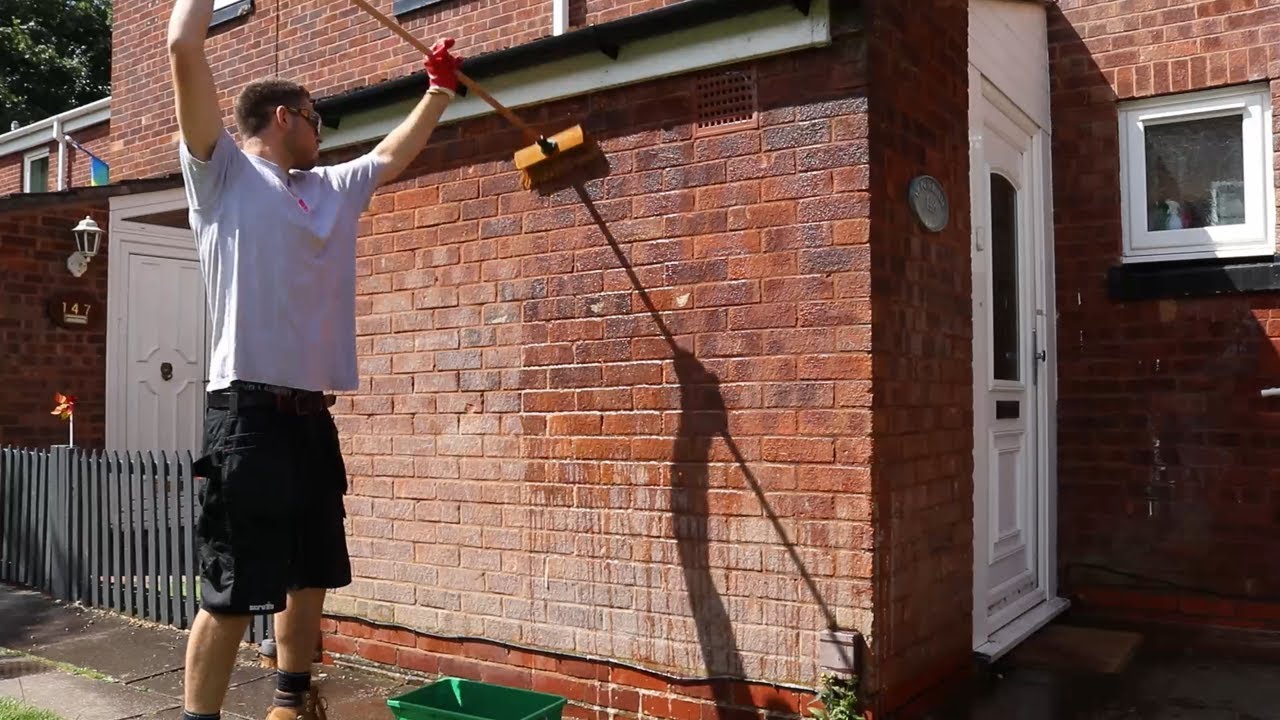

Building Materials
How To Use Brick Acid
Modified: January 24, 2024
Discover the best way to use brick acid for cleaning and maintenance of building materials. Learn effective techniques and safety precautions for handling brick acid.
(Many of the links in this article redirect to a specific reviewed product. Your purchase of these products through affiliate links helps to generate commission for Storables.com, at no extra cost. Learn more)
Introduction
Welcome to our comprehensive guide on using brick acid to clean and restore the beauty of your brick surfaces. Over time, exposure to the elements can cause unsightly stains and discoloration on brickwork, diminishing the overall appeal of your property. However, with the proper knowledge and tools, you can effectively rejuvenate your bricks and enhance the aesthetic appeal of your home or commercial space.
In this article, we will walk you through the step-by-step process of using brick acid to clean and revitalize your brick surfaces. From understanding what brick acid is and the safety precautions to the application process and aftercare, we have you covered. By the end of this guide, you will have the confidence and know-how to tackle brick cleaning projects with ease and achieve impressive results.
Whether you are a homeowner looking to spruce up your exterior walls or a professional in the building and construction industry, mastering the art of using brick acid can significantly elevate the visual charm of brick structures. So, let’s dive in and explore the transformative potential of brick acid cleaning.
Key Takeaways:
- Safety First!
When using brick acid, always prioritize safety by wearing protective gear, ensuring proper ventilation, and having neutralization agents on hand. Following safety precautions is crucial for a successful and safe cleaning process. - Transformative Cleaning
Brick acid has the power to rejuvenate and enhance the appearance of brick surfaces. Diluting the solution, applying it methodically, and thorough rinsing can lead to impressive cleaning outcomes, restoring the beauty of brickwork.
Read more: How To Acid Wash Brick
What is Brick Acid?
Brick acid, also known as muriatic acid or hydrochloric acid, is a powerful chemical solution commonly used for cleaning and restoring brickwork. It is highly effective in removing various types of stains, including efflorescence, mortar smears, rust marks, and atmospheric soiling, from brick surfaces. The acidic nature of this solution enables it to dissolve and lift stubborn deposits, unveiling the natural beauty of the underlying brickwork.
When applied correctly, brick acid can rejuvenate the appearance of weathered and discolored bricks, breathing new life into both interior and exterior spaces. It is important to note that brick acid should be handled with caution due to its corrosive properties. Understanding the composition and proper usage of brick acid is essential for achieving optimal results while prioritizing safety.
Brick acid typically consists of hydrochloric acid, water, and other proprietary additives designed to enhance its cleaning capabilities. The concentration of hydrochloric acid in the solution can vary, with different formulations available to suit specific cleaning requirements. It is crucial to follow manufacturer guidelines and recommendations when selecting the appropriate brick acid for your cleaning project.
As a versatile cleaning agent, brick acid is widely utilized in the construction, renovation, and maintenance sectors. Its ability to tackle tough stains and blemishes makes it a valuable asset for preserving the visual appeal and structural integrity of brickwork. Whether you are addressing minor surface discoloration or more extensive staining, brick acid offers a reliable solution for achieving remarkable cleaning outcomes.
Next, we will delve into the essential safety precautions to keep in mind when working with brick acid, ensuring that you can harness its cleaning potential responsibly and effectively.
Safety Precautions
Before embarking on any brick cleaning project involving brick acid, it is paramount to prioritize safety to safeguard yourself, others, and the surrounding environment. The potent nature of brick acid demands meticulous adherence to safety protocols and the utilization of appropriate protective measures. By familiarizing yourself with the following precautions, you can mitigate potential risks and carry out the cleaning process with confidence and peace of mind.
- Protective Gear: Prior to handling brick acid, ensure that you are equipped with the necessary protective gear, including chemical-resistant gloves, safety goggles, and a suitable face mask. These items serve as vital barriers, shielding your skin, eyes, and respiratory system from direct contact with the acidic solution and any potential fumes.
- Ventilation: When working with brick acid, ensure adequate ventilation in the cleaning area to disperse any vapors that may arise during the application process. Open windows and doors to promote air circulation, minimizing the concentration of fumes and maintaining a breathable environment.
- Acid-Resistant Clothing: Wear clothing that provides an additional layer of protection against accidental splashes or spills of brick acid. Consider donning a chemical-resistant apron or coveralls to safeguard your attire from potential contact with the solution.
- Neutralization Agents: Have neutralization agents, such as baking soda or a commercial alkaline solution, readily available in case of accidental exposure to brick acid. These substances can effectively counteract the acidic effects and serve as a first line of defense in the event of skin contact or spills.
- Handling and Storage: Exercise caution when handling and storing brick acid. Ensure that the container is securely sealed when not in use and stored in a cool, dry area away from incompatible materials. Keep the solution out of reach of children and pets to prevent unintended access.
- Disposal: Properly dispose of any residual brick acid and contaminated materials in accordance with local regulations and guidelines. Avoid pouring the solution down drains or into water sources, and seek guidance on safe disposal practices from relevant authorities or waste management facilities.
By adhering to these safety precautions, you can create a secure working environment and minimize the potential hazards associated with using brick acid. Prioritizing safety not only protects individuals involved in the cleaning process but also contributes to the responsible and sustainable use of chemical cleaning agents.
Equipment and Materials Needed
Before commencing the brick cleaning process with brick acid, it is essential to gather the requisite equipment and materials to facilitate a smooth and effective operation. Equipping yourself with the appropriate tools ensures that you can execute each step of the cleaning procedure with precision and efficiency, ultimately achieving desirable results. Here is a comprehensive list of the essential equipment and materials needed for utilizing brick acid to revitalize your brick surfaces:
- Protective Gear: As mentioned in the safety precautions section, acquire chemical-resistant gloves, safety goggles, and a face mask to shield yourself from potential exposure to the acidic solution and fumes.
- Applicator Brush or Sprayer: Select a suitable applicator, such as a brush with synthetic bristles or a chemical-resistant sprayer, to apply the diluted brick acid evenly across the brickwork.
- Bucket or Mixing Container: Use a dedicated bucket or container for diluting the brick acid with water, ensuring proper mixing and dilution as per the manufacturer’s recommendations.
- Water Source: Access to a nearby water source, such as a garden hose or a bucket of clean water, is essential for rinsing the brick surfaces before and after applying the brick acid.
- Neutralization Agents: Have neutralization materials, such as baking soda or an alkaline solution, readily available to counteract and neutralize any accidental contact with brick acid.
- Protective Sheeting or Tarp: Use protective sheeting or a tarp to cover adjacent surfaces and landscaping to prevent unintended exposure to the brick acid during the application process.
- Cleaning Brushes or Scrubbers: Depending on the level of staining and soiling, prepare appropriate cleaning brushes or scrubbers to agitate and remove deposits from the brick surfaces after the application of brick acid.
- Personal Cleaning Supplies: Have soap, water, and towels readily available for personal cleaning and decontamination after completing the brick cleaning process.
By ensuring that you have the necessary equipment and materials at your disposal, you can streamline the brick cleaning procedure and address any unforeseen requirements that may arise during the process. Preparation is key to executing a successful brick acid cleaning project, and having the right tools on hand empowers you to achieve optimal outcomes while maintaining a safe and organized work environment.
Step 1: Prepare the Area
Prior to applying brick acid to the targeted surfaces, thorough preparation of the cleaning area is crucial to ensure a controlled and safe environment for the cleaning process. By taking the time to prepare the area diligently, you can minimize the risk of accidental exposure, protect adjacent surfaces, and set the stage for a systematic and effective application of the cleaning solution. Here are the essential steps to prepare the area before utilizing brick acid:
- Clear the Surrounding Area: Remove any obstacles, furniture, or decorative items from the vicinity of the brick surfaces to be cleaned. Clearing the area allows unobstructed access and prevents potential damage or contamination during the cleaning process.
- Protect Adjacent Surfaces: Cover nearby surfaces, such as windows, doors, and non-brick facades, with protective sheeting or a tarp to shield them from accidental exposure to the acidic solution. Secure the protective covering in place to prevent displacement during the cleaning procedure.
- Landscaping Protection: If the brickwork is adjacent to landscaping features, use protective coverings to shield plants, grass, and soil from contact with the brick acid. Diligent protection of landscaping elements helps prevent unintended damage and promotes environmental responsibility.
- Inspect for Damaged Areas: Conduct a visual inspection of the brick surfaces to identify any areas of damage, such as cracks or deteriorated mortar. Addressing these issues before applying brick acid is essential to prevent exacerbation of structural weaknesses and maintain the integrity of the brickwork.
- Secure Ventilation and Water Source: Ensure that the cleaning area is well-ventilated to disperse any potential fumes from the brick acid application. Additionally, confirm the availability of a nearby water source for rinsing the brick surfaces before and after the cleaning process.
By meticulously preparing the cleaning area, you establish a controlled and organized setting for the subsequent steps in the brick cleaning process. Attention to detail during the preparation phase contributes to the overall safety, efficiency, and success of utilizing brick acid to restore the beauty of your brick surfaces.
When using brick acid, always wear protective gear such as gloves and goggles to avoid skin and eye irritation. Follow the manufacturer’s instructions carefully and test a small area first to ensure it won’t damage the brick surface. Rinse thoroughly with water after application.
Read more: How To Use A Grill Brick
Step 2: Dilute the Brick Acid
Once the cleaning area is prepared and secured, the next critical step in the brick cleaning process involves diluting the brick acid to the appropriate strength for application. Proper dilution ensures that the acidic solution effectively targets stains and soiling while minimizing the risk of damage to the brick surfaces. Dilution guidelines may vary based on the specific brand and formulation of the brick acid, so it is essential to adhere to the manufacturer’s instructions for achieving the optimal dilution ratio. Here’s how to effectively dilute the brick acid for your cleaning project:
- Read Manufacturer’s Guidelines: Review the product label or accompanying instructions to ascertain the recommended dilution ratio for the specific brick acid solution you are using. Pay attention to any specific mixing instructions or safety precautions provided by the manufacturer.
- Prepare Dilution Container: Use a clean and chemical-resistant container, such as a plastic bucket, for the dilution process. Avoid using metal containers, as the acidic nature of the solution can cause a negative reaction with certain metals.
- Measure the Brick Acid: Carefully measure the appropriate quantity of brick acid to be diluted, following the specified ratio provided by the manufacturer. Accurate measurement is crucial to achieving the desired cleaning strength without excess acidity.
- Add Water Gradually: While wearing protective gear, such as gloves and safety goggles, slowly pour the measured brick acid into the dilution container. Then, add the required amount of water in accordance with the recommended dilution ratio. It is important to add water to the acid and not the other way around to prevent splashing or spattering.
- Mix Thoroughly: Utilize a non-reactive stirring implement, such as a plastic or wooden stirrer, to thoroughly mix the solution. Ensure that the brick acid is completely and evenly dispersed in the water, creating a uniformly diluted cleaning solution.
- Label the Diluted Solution: Clearly label the container holding the diluted brick acid with the contents, dilution ratio, and any pertinent safety information. Proper labeling helps prevent confusion and ensures safe handling of the solution throughout the cleaning process.
By diligently following the recommended dilution procedure, you can prepare a well-balanced and effective brick acid solution for application. Dilution accuracy is paramount in optimizing the cleaning potential of the solution while safeguarding the integrity of the brick surfaces. With the diluted brick acid ready for use, you are poised to proceed to the next phase of the brick cleaning process with confidence and precision.
Step 3: Application of Brick Acid
With the diluted brick acid prepared and the cleaning area meticulously arranged, it is time to apply the solution to the targeted brick surfaces. The application process demands careful attention to detail and methodical execution to ensure comprehensive coverage and effective stain removal. By following the proper techniques, you can harness the cleaning potential of brick acid to revitalize and enhance the appearance of your brickwork. Here’s a step-by-step guide to the application of brick acid:
- Test Patch: Before applying the diluted brick acid to the entire surface, perform a small test patch in an inconspicuous area to assess its impact on the bricks. This preliminary test helps determine the appropriate dwell time and ensures compatibility with the specific type of bricks.
- Even Application: Using a chemical-resistant sprayer or a suitable applicator, apply the diluted brick acid evenly across the targeted surfaces. Work in manageable sections to maintain control and prevent the solution from drying prematurely, which may impede its cleaning effectiveness.
- Dwell Time: Allow the brick acid solution to dwell on the surfaces for the duration recommended by the manufacturer or determined through the test patch. The dwell time enables the acidic solution to penetrate and break down stubborn stains, efflorescence, and soiling for effective removal.
- Agitation (If Needed): For particularly stubborn stains or heavily soiled areas, gently agitate the brick surfaces with a soft-bristled brush to aid the cleaning action of the brick acid. Exercise caution to avoid damaging the bricks during the agitation process.
- Monitor Progress: Periodically assess the cleaning progress during the dwell time to gauge the effectiveness of the brick acid. Adjust the application technique or dwell time as necessary to achieve consistent and satisfactory results across the entire surface.
- Thorough Rinsing: After the appropriate dwell time has elapsed, thoroughly rinse the brick surfaces with clean water to neutralize and remove the residual brick acid. Ensure complete removal of the solution to prevent potential damage and promote the restoration of the natural brick appearance.
By meticulously following these steps, you can effectively apply the diluted brick acid to the targeted surfaces, harnessing its potent cleaning properties to address stains and discoloration. The application process sets the stage for the subsequent cleaning and restoration steps, bringing you closer to achieving revitalized and visually appealing brickwork.
Step 4: Rinse and Clean
Following the application of the brick acid solution and the appropriate dwell time, the next crucial phase in the brick cleaning process involves thorough rinsing and cleaning of the treated surfaces. Proper rinsing is essential to neutralize the acidic residue and remove any remaining contaminants, ensuring the preservation and enhancement of the brickwork’s appearance. Here’s a comprehensive guide to the rinsing and cleaning step:
- Water Rinse: Utilize a gentle stream of clean water, such as from a garden hose or a bucket, to thoroughly rinse the brick surfaces. Begin from the top and work your way down, ensuring comprehensive coverage and effective removal of the residual brick acid solution.
- Neutralization: If recommended by the manufacturer or in the event of visible acidity, prepare a mild alkaline solution or use baking soda to neutralize any lingering acidic residue on the brick surfaces. Apply the neutralization agent as directed and rinse the surfaces again to ensure complete neutralization.
- Inspect for Residual Stains: After rinsing and neutralization, inspect the brick surfaces for any residual stains or soiling. Address any persistent stains with targeted cleaning methods, such as gentle scrubbing with a suitable brush or the application of a specialized brick cleaning solution if necessary.
- Remove Protective Coverings: Carefully remove the protective sheeting or tarps from adjacent surfaces and landscaping, ensuring that no debris or contaminants come into contact with the cleaned brickwork during the removal process.
- Final Rinse and Drying: Give the brick surfaces a final rinse with clean water to remove any remaining debris or cleaning residues. Allow the surfaces to air dry naturally, or use absorbent towels to blot excess moisture, facilitating the drying process and revealing the revitalized appearance of the bricks.
By diligently executing the rinsing and cleaning steps, you can effectively complete the brick acid cleaning process, ensuring that the treated surfaces are thoroughly cleansed, neutralized, and ready to showcase their renewed aesthetic appeal. This meticulous attention to rinsing and cleaning sets the stage for the final touches and aftercare, marking the culmination of the brick cleaning journey.
Step 5: Final Touches and Aftercare
As the brick surfaces have undergone the transformative process of brick acid cleaning, attention to final touches and aftercare is essential to preserve the restored beauty and prolong the longevity of the cleaning outcomes. By incorporating thoughtful aftercare measures, you can maintain the visual appeal of the brickwork and ensure its resilience against future staining and soiling. Here’s a comprehensive guide to the final touches and aftercare following brick acid cleaning:
- Surface Inspection: Conduct a thorough visual inspection of the cleaned brick surfaces to ensure that all stains and soiling have been effectively addressed. Take note of any areas requiring additional attention or potential maintenance needs.
- Sealant Application (Optional): Consider applying a suitable brick sealant to the cleaned surfaces to enhance their resistance to moisture, staining, and atmospheric contaminants. The sealant helps safeguard the bricks and prolong the impact of the cleaning process.
- Landscaping Restoration: If protective coverings were utilized to shield adjacent landscaping, carefully restore the landscaping elements to their original position and address any potential soil disturbance or debris accumulation resulting from the cleaning process.
- Maintenance Recommendations: Seek guidance from professionals or reputable sources regarding recommended maintenance practices for the cleaned brick surfaces. Implementing proactive maintenance measures can contribute to the long-term preservation of the revitalized appearance.
- Regular Inspections: Schedule periodic inspections of the cleaned brickwork to monitor its condition and address any emerging issues promptly. Early detection and intervention can prevent the recurrence of stubborn stains and facilitate timely maintenance efforts.
- Environmental Considerations: Emphasize environmentally responsible practices in the aftercare of the cleaned brick surfaces. Minimize the use of harsh chemicals or cleaning agents that may compromise the integrity of the brickwork or have adverse environmental impacts.
- Documentation and Record-Keeping: Maintain detailed records of the brick cleaning process, including the products used, application techniques, and any maintenance activities. This documentation serves as a valuable reference for future cleaning endeavors and upkeep efforts.
By embracing these final touches and aftercare practices, you can reinforce the impact of the brick acid cleaning process and lay the foundation for sustained aesthetic appeal and structural integrity. Thoughtful aftercare not only preserves the immediate results of the cleaning endeavor but also contributes to the long-term resilience and allure of the revitalized brick surfaces.
Read more: How To Use Tapcons In Brick
Conclusion
Congratulations on completing the comprehensive journey of utilizing brick acid to rejuvenate and enhance the beauty of your brick surfaces. Through meticulous preparation, precise application, and diligent aftercare, you have successfully harnessed the transformative potential of brick acid to revitalize your brickwork. The cleaning process has not only restored the aesthetic appeal of the bricks but also contributed to the preservation of their structural integrity, ensuring enduring visual charm and resilience against environmental elements.
By understanding the nature of brick acid, prioritizing safety precautions, and embracing methodical application techniques, you have demonstrated a commitment to responsible and effective brick cleaning practices. The meticulous rinsing, cleaning, and aftercare measures have further solidified the impact of the cleaning process, setting the stage for the sustained beauty and longevity of your revitalized brick surfaces.
As you admire the renewed luster of your brickwork, remember that regular maintenance and proactive care are essential for safeguarding the results of the cleaning endeavor. By incorporating recommended maintenance practices and periodic inspections, you can uphold the pristine appearance of the bricks and mitigate the impact of potential staining and soiling in the future.
Whether you have revitalized the exterior walls of your home, refurbished a commercial brick facade, or undertaken a restoration project, the utilization of brick acid has empowered you to achieve remarkable cleaning outcomes. The knowledge and skills gained from this process position you as a steward of enduring beauty and structural preservation, contributing to the lasting allure of brick architecture and design.
As you reflect on the transformative impact of brick acid cleaning, may the revitalized beauty of your brick surfaces inspire a sense of pride and appreciation for the timeless elegance of brickwork. Your dedication to responsible and effective cleaning practices serves as a testament to the enduring allure and resilience of this classic building material.
Frequently Asked Questions about How To Use Brick Acid
Was this page helpful?
At Storables.com, we guarantee accurate and reliable information. Our content, validated by Expert Board Contributors, is crafted following stringent Editorial Policies. We're committed to providing you with well-researched, expert-backed insights for all your informational needs.
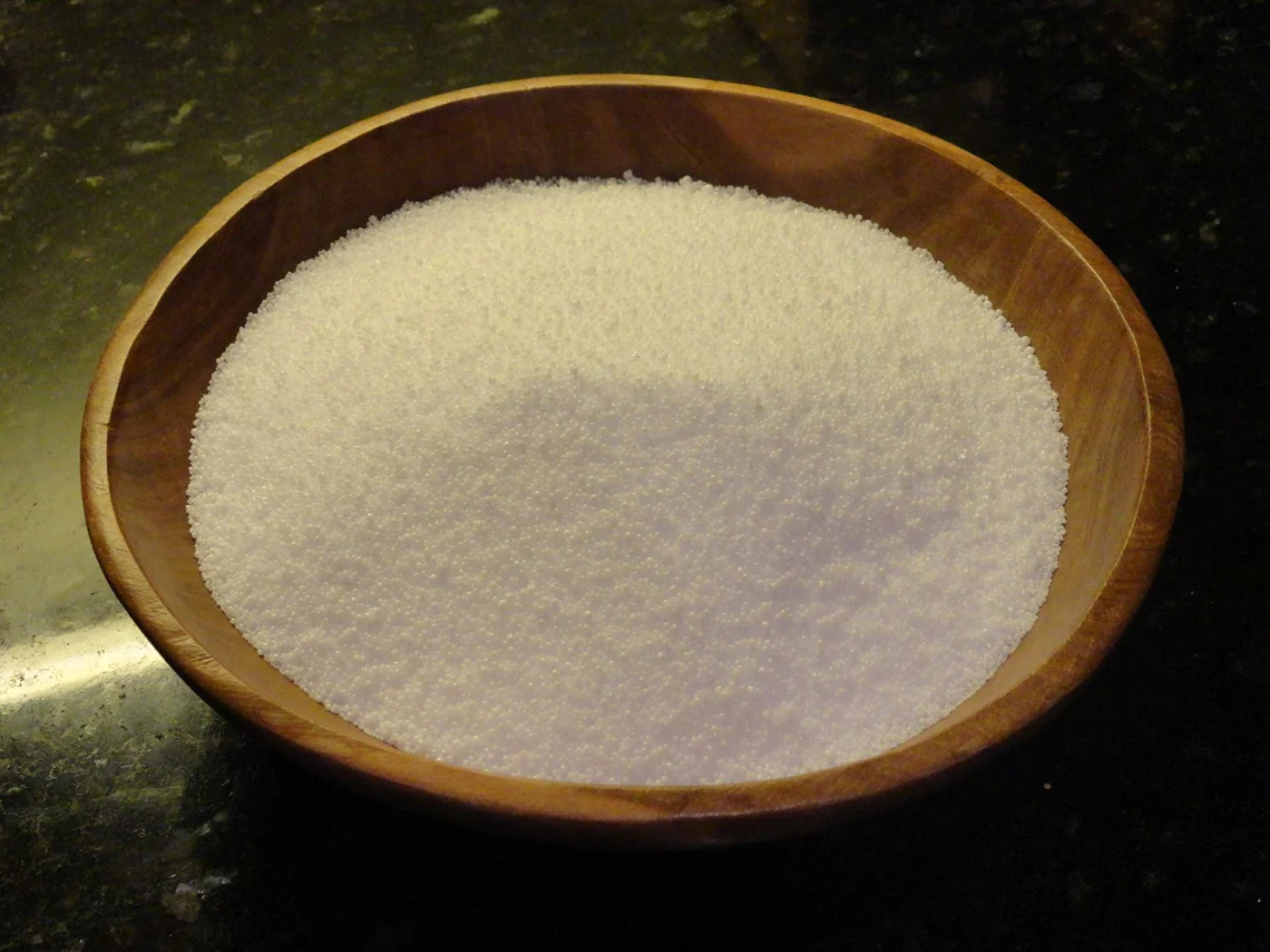
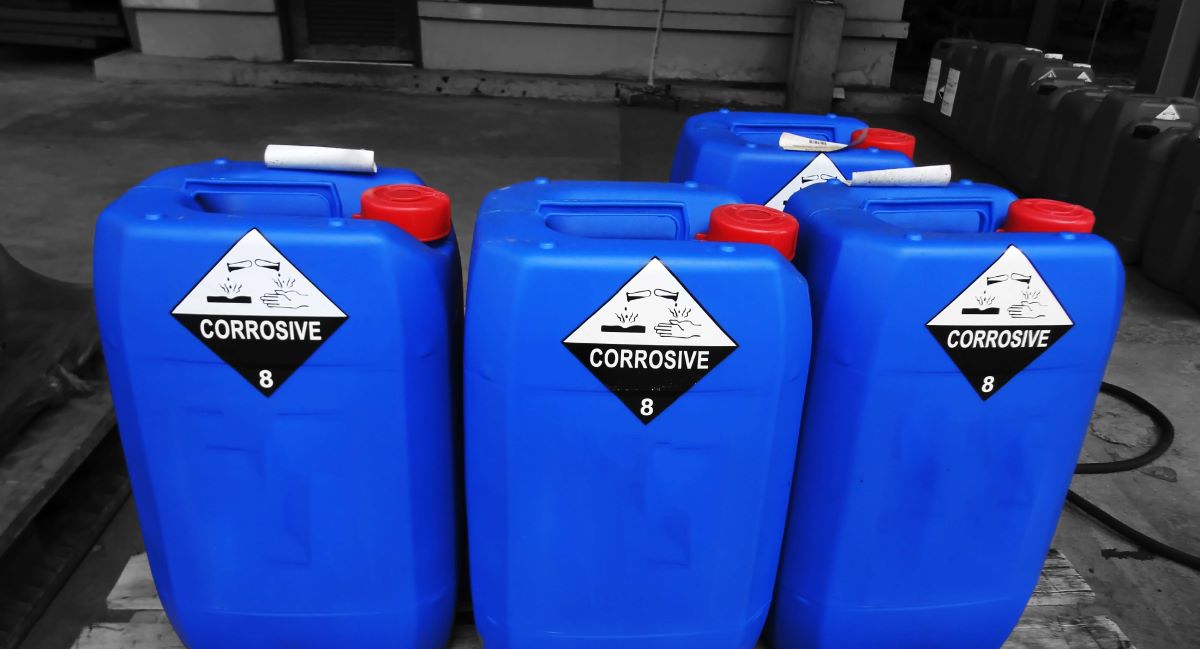
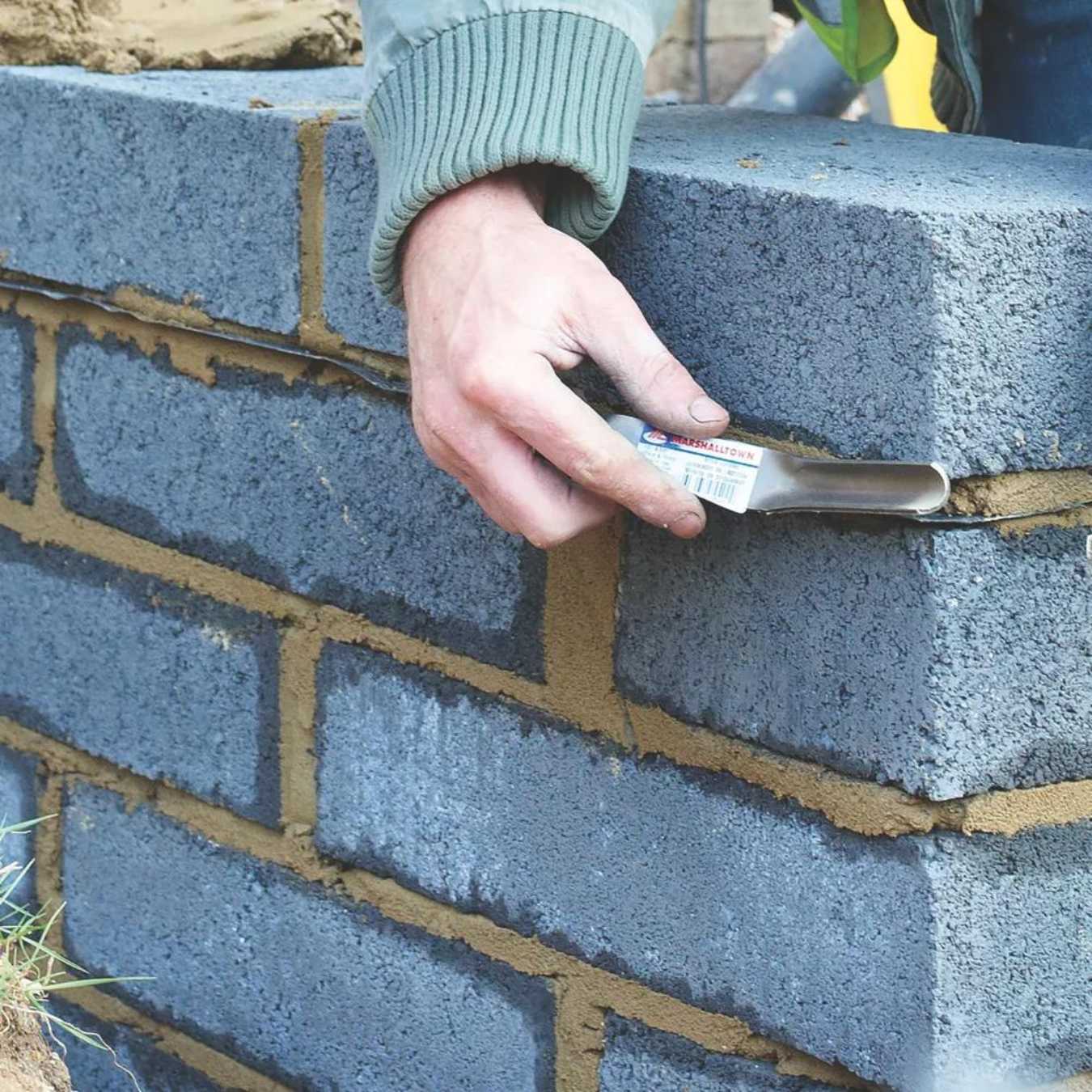
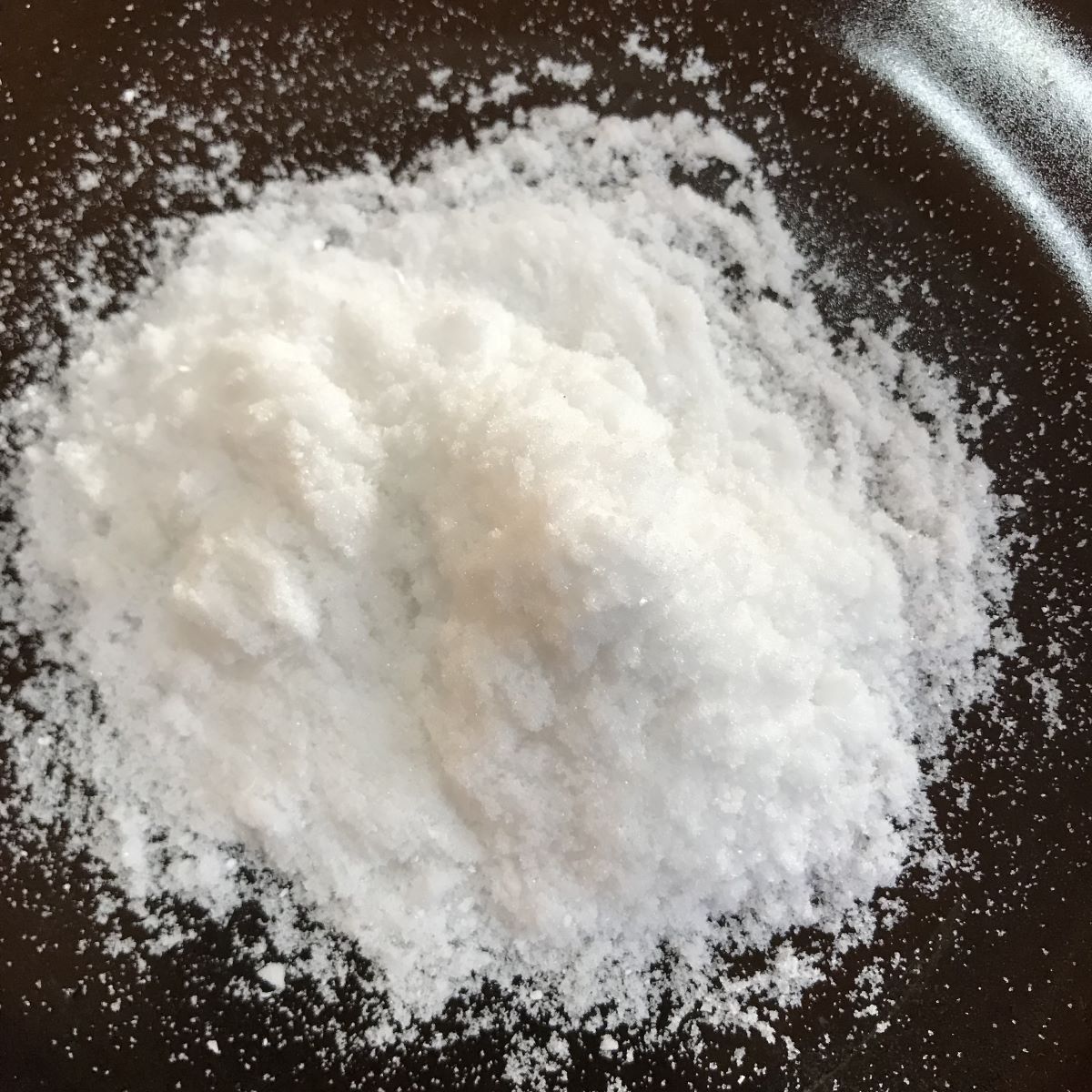
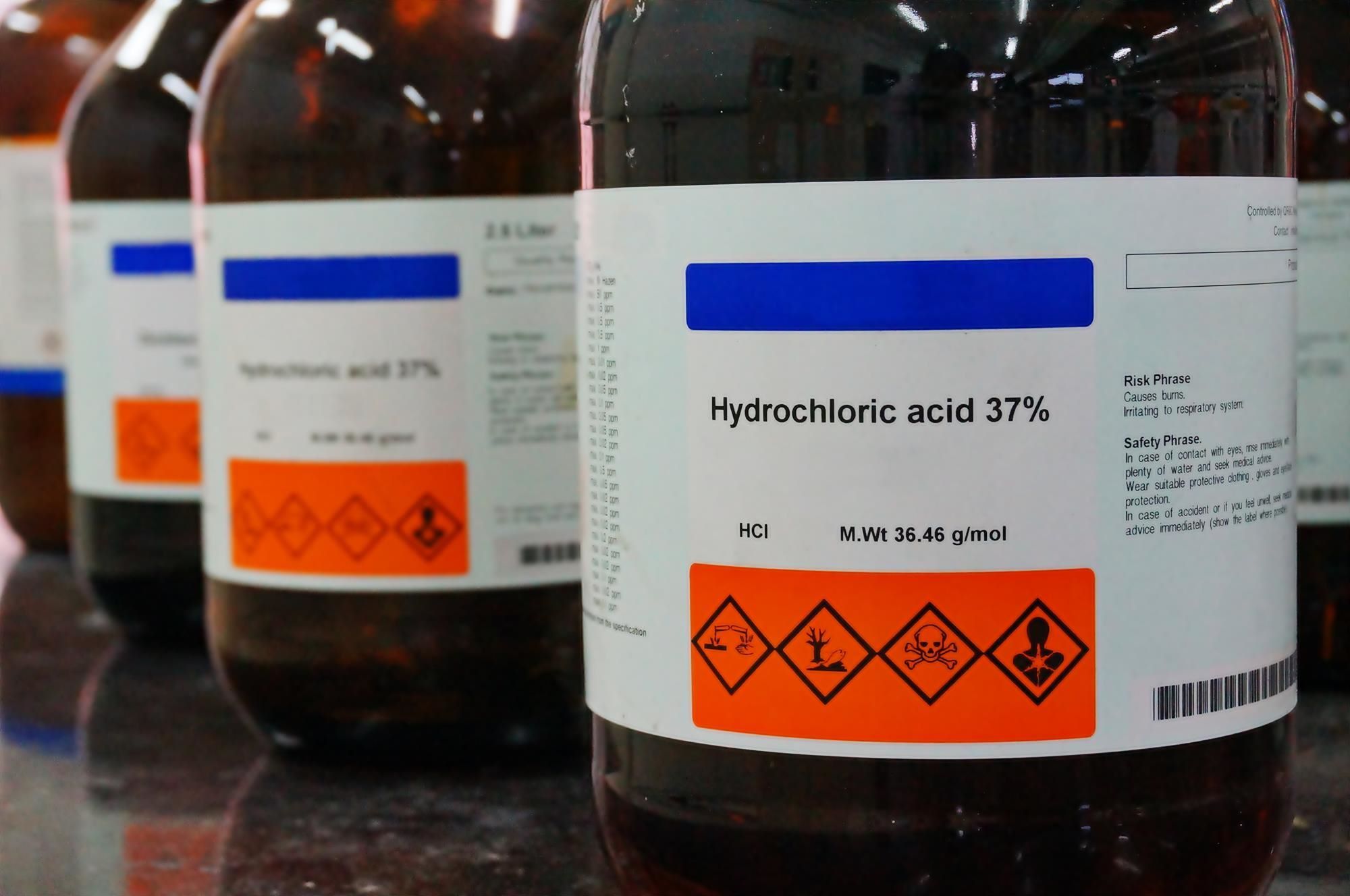
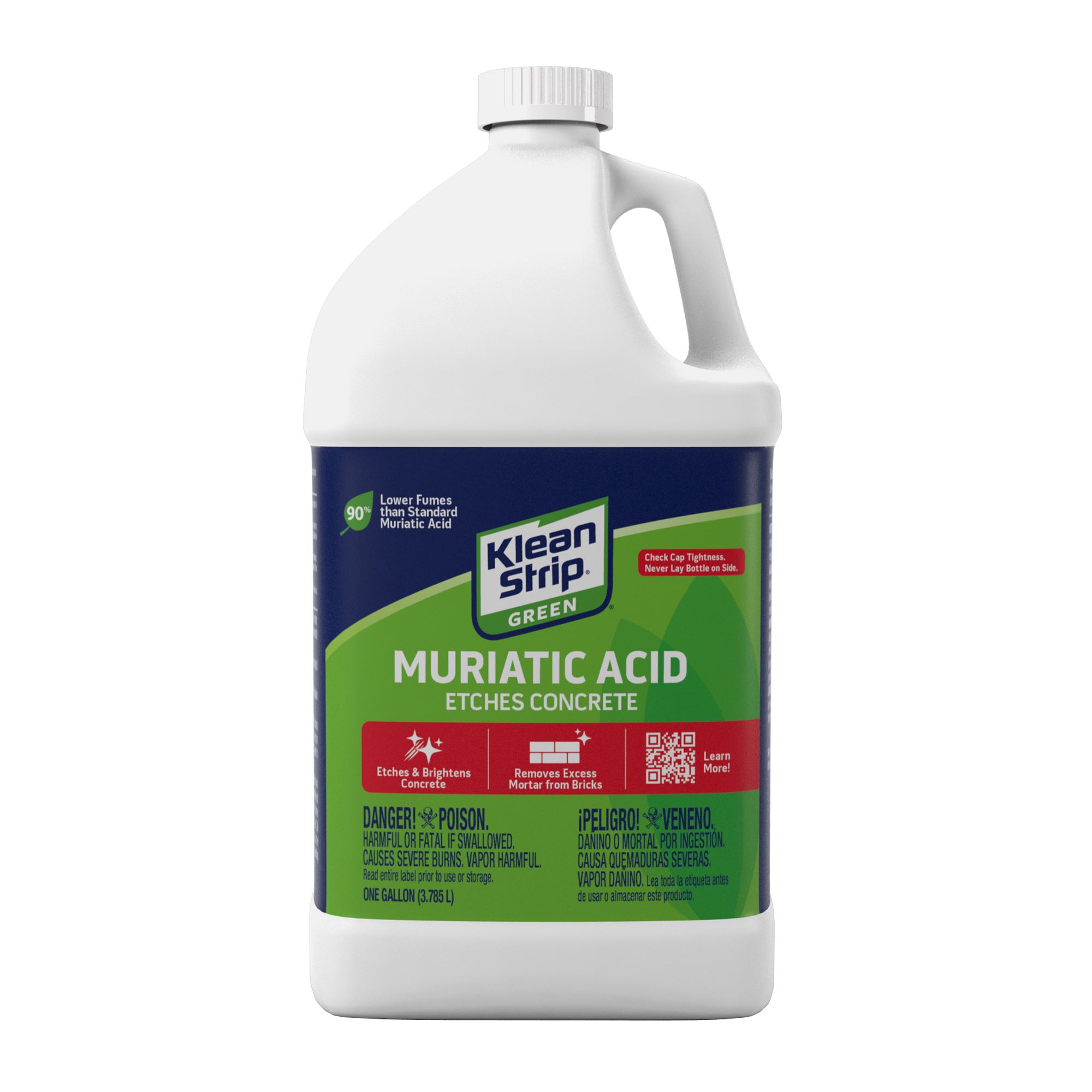
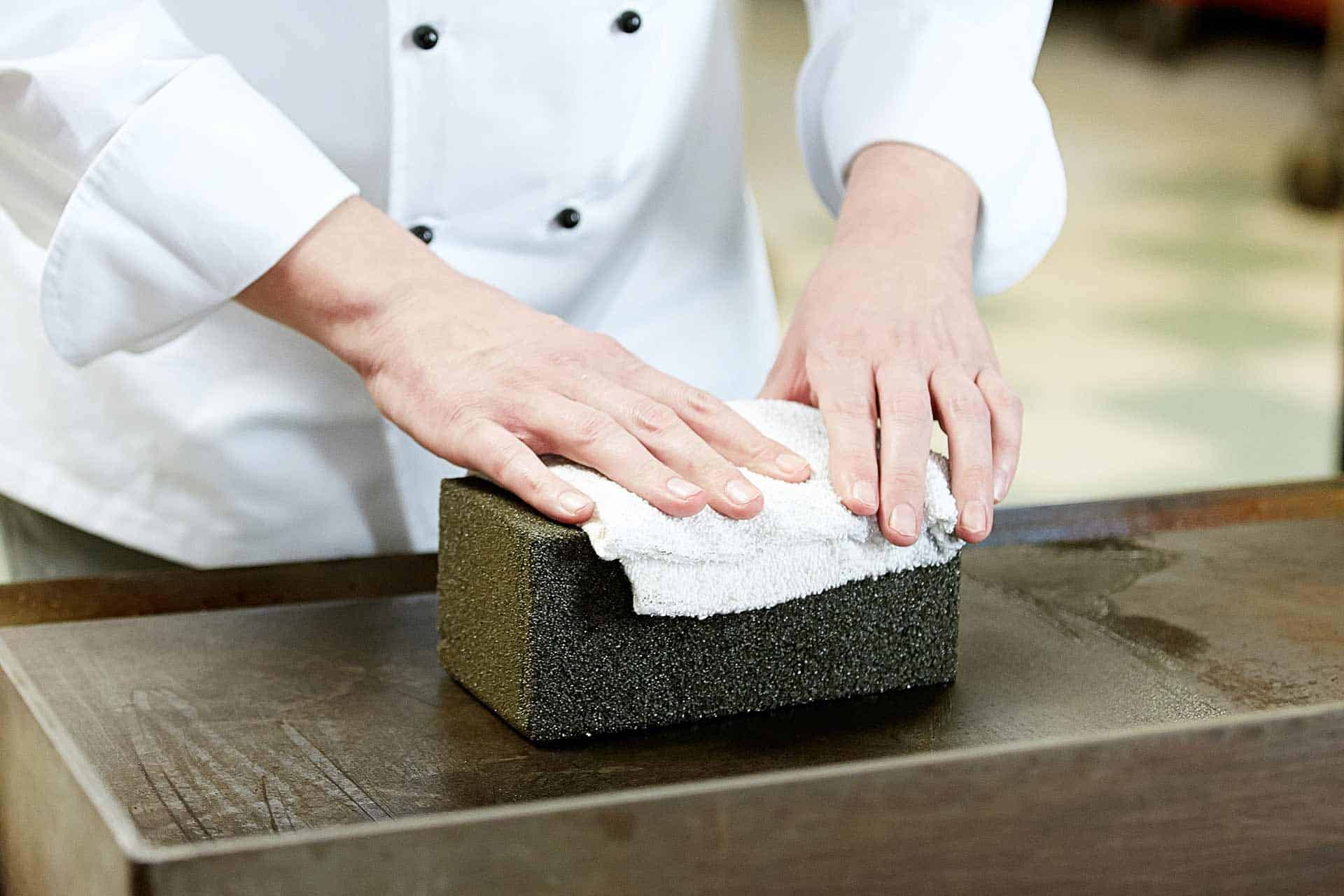
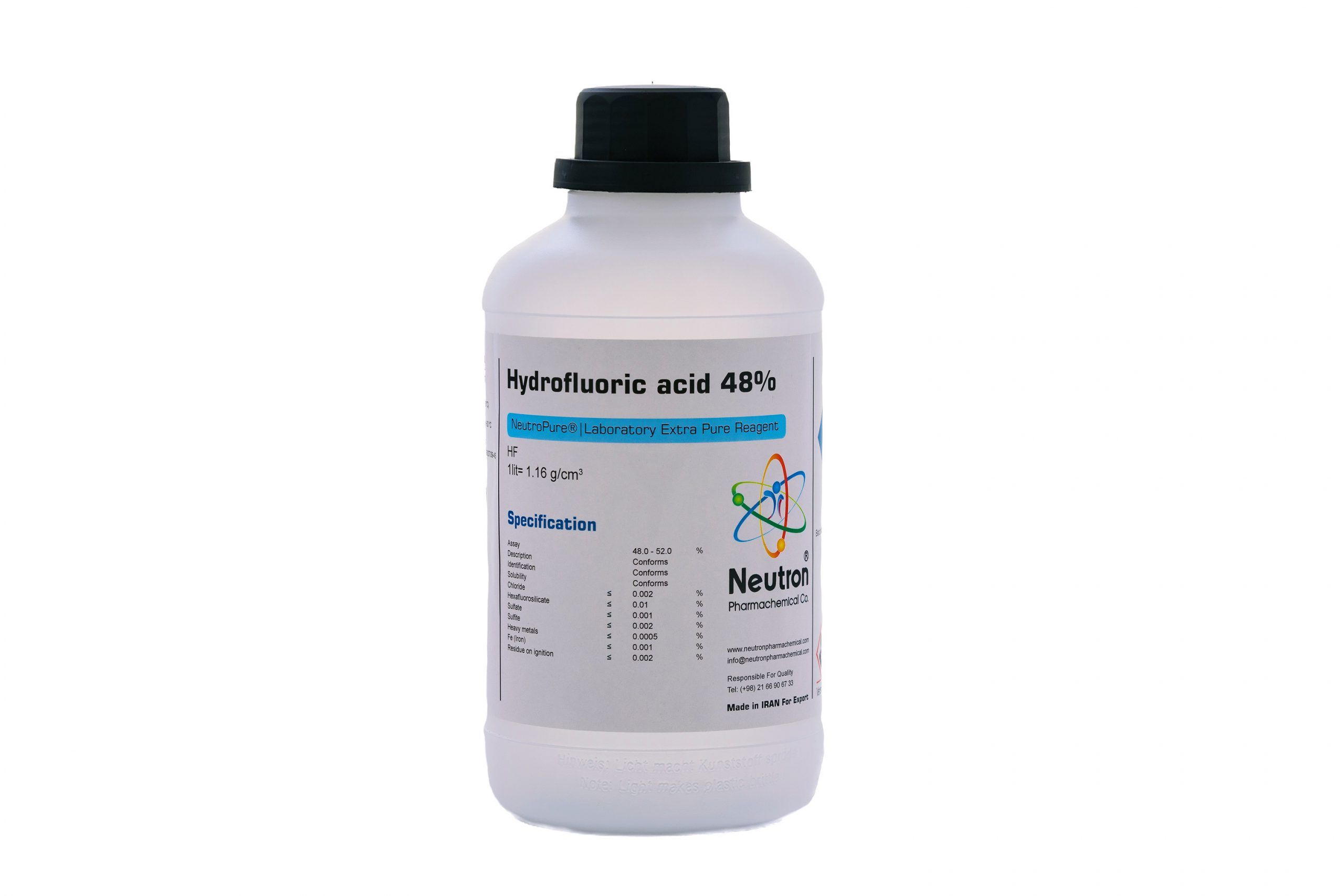
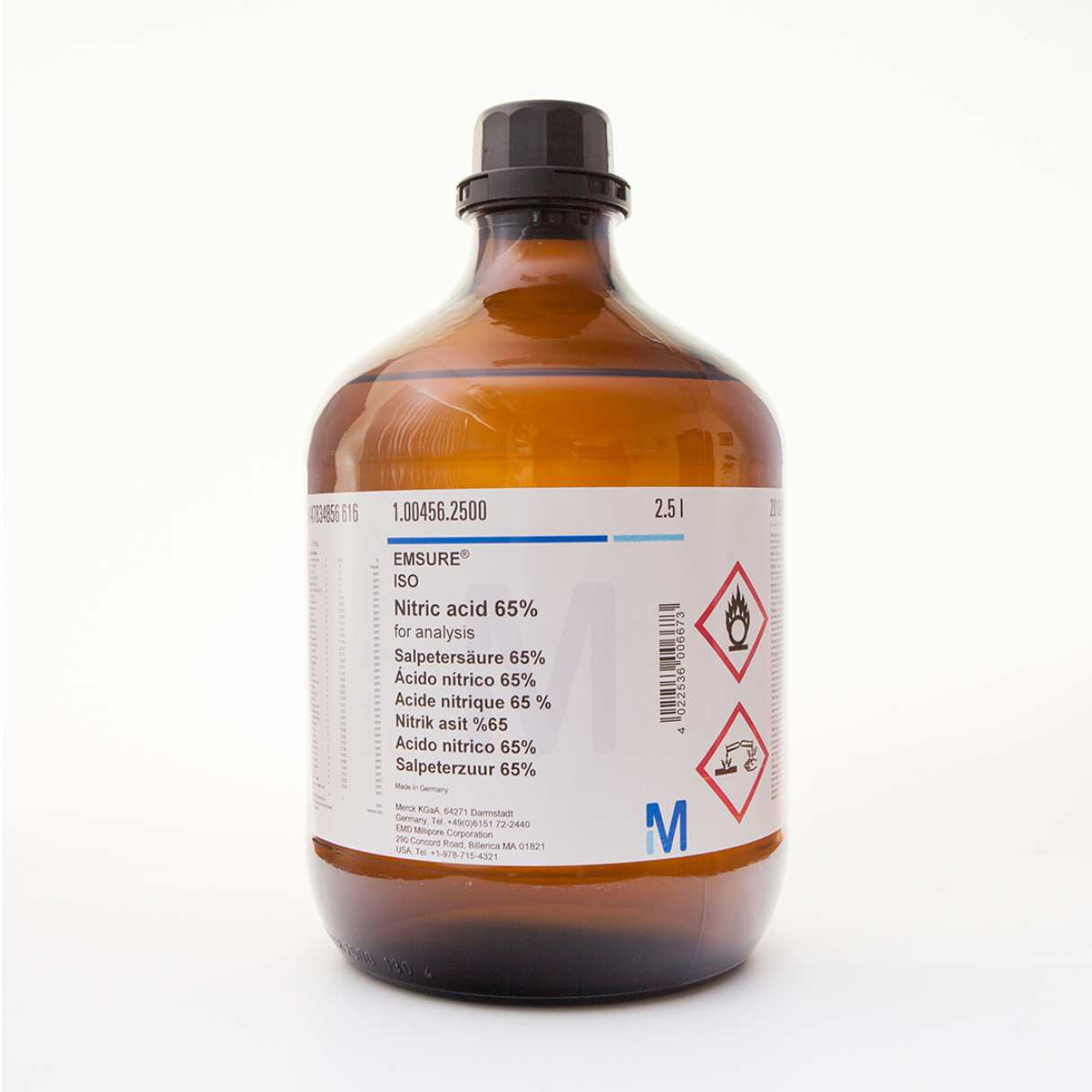
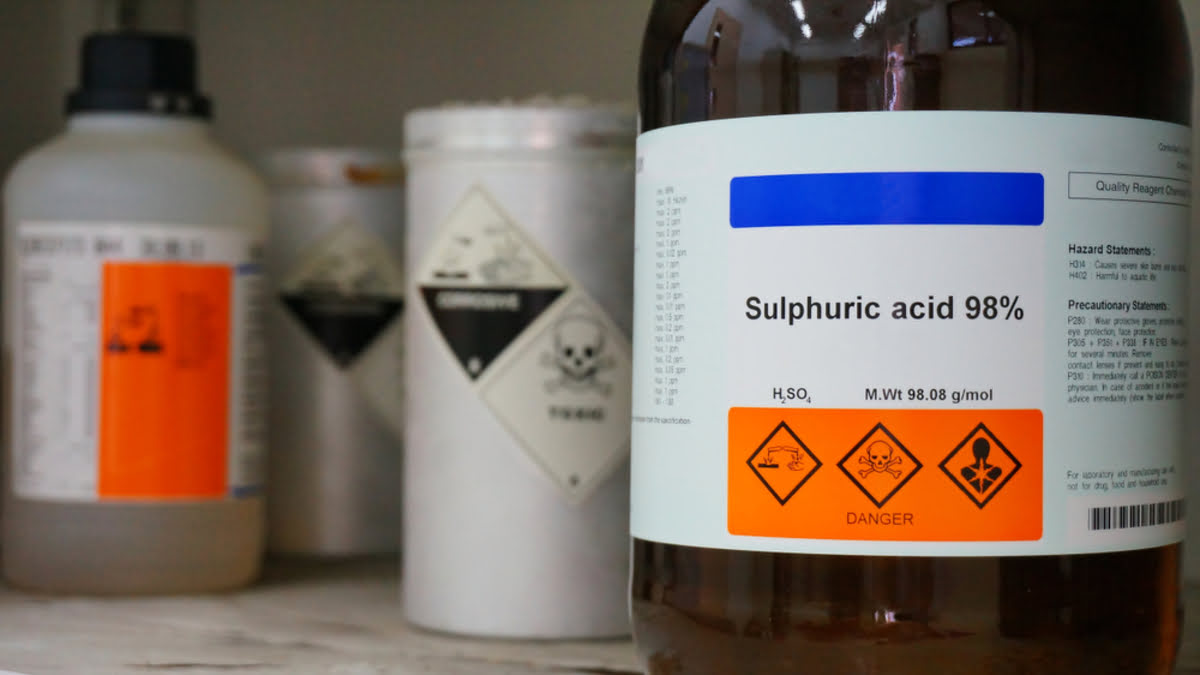

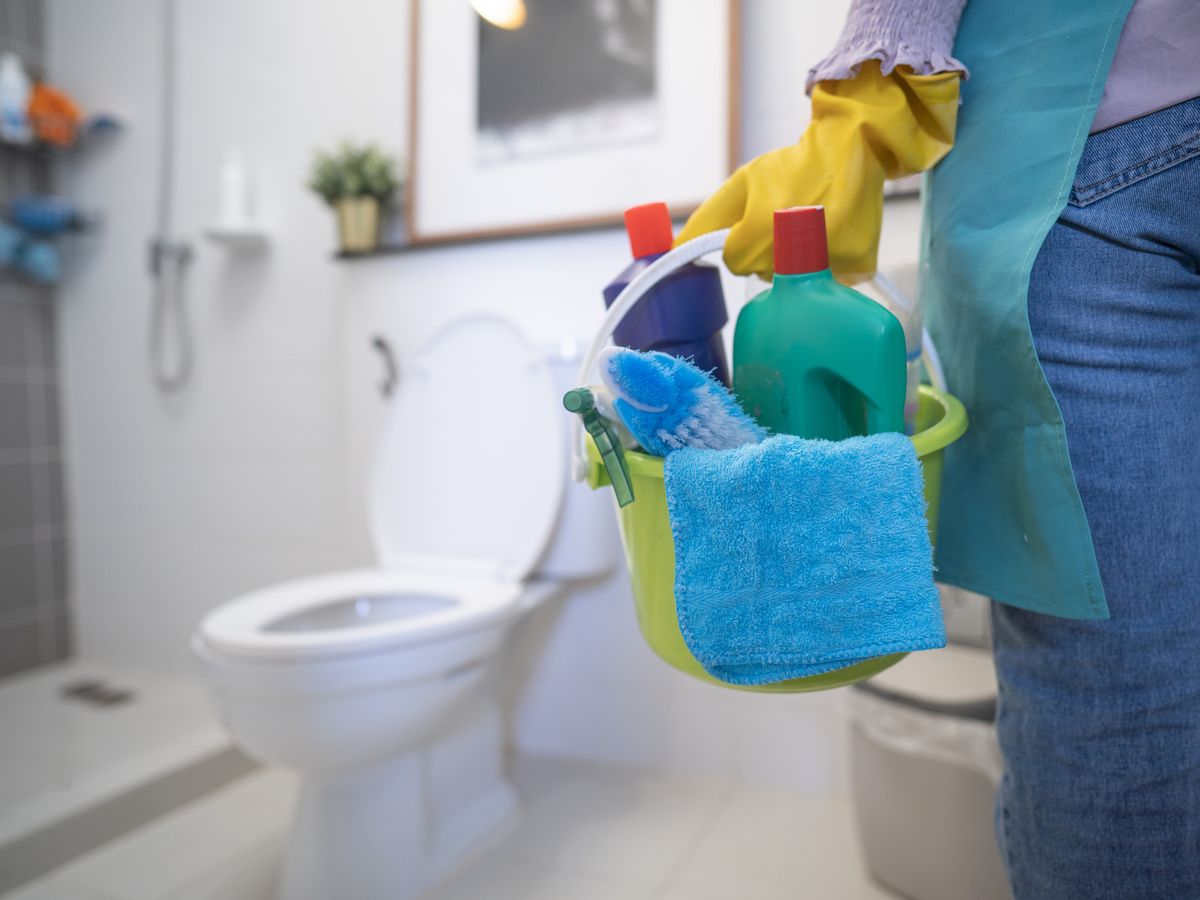
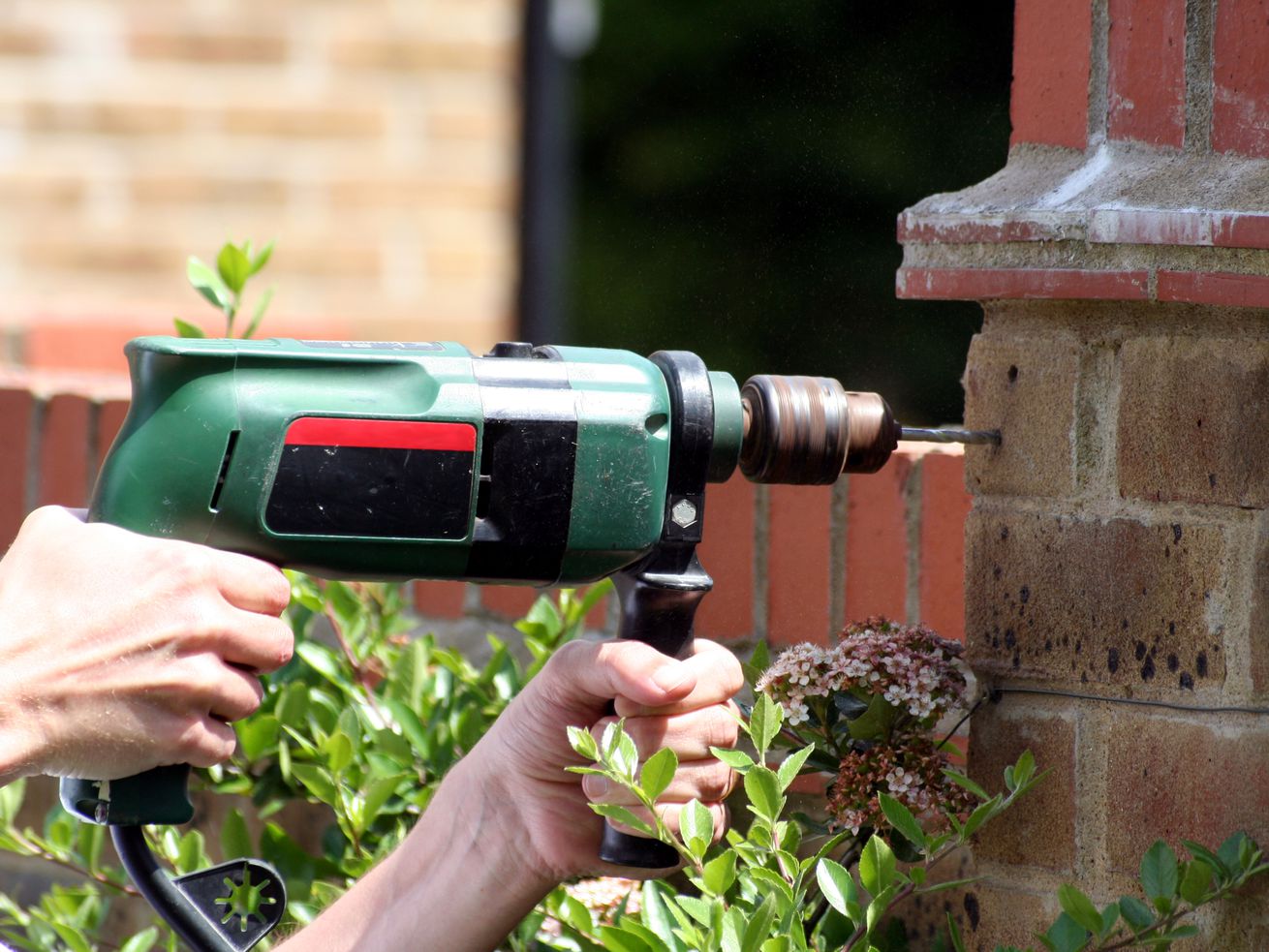

0 thoughts on “How To Use Brick Acid”